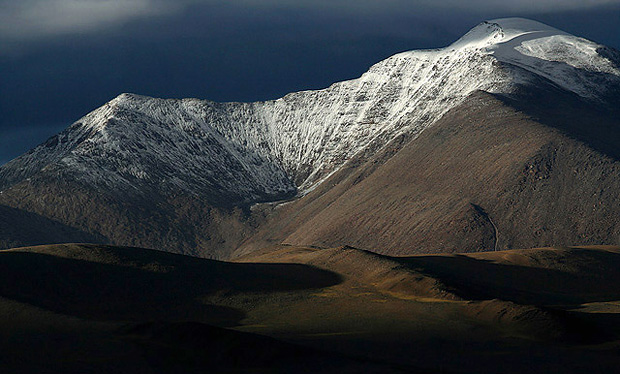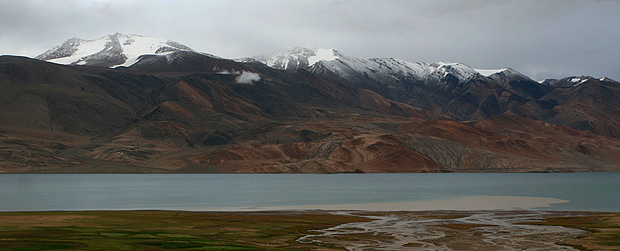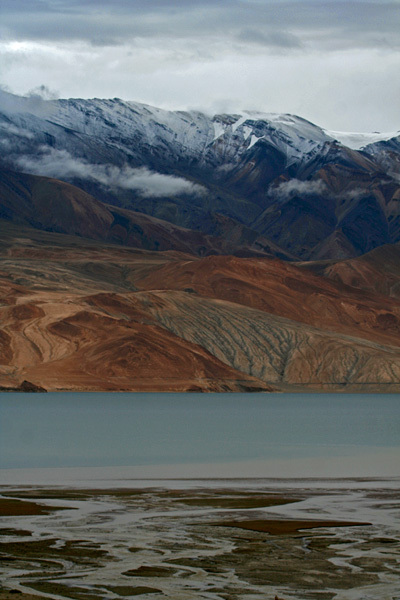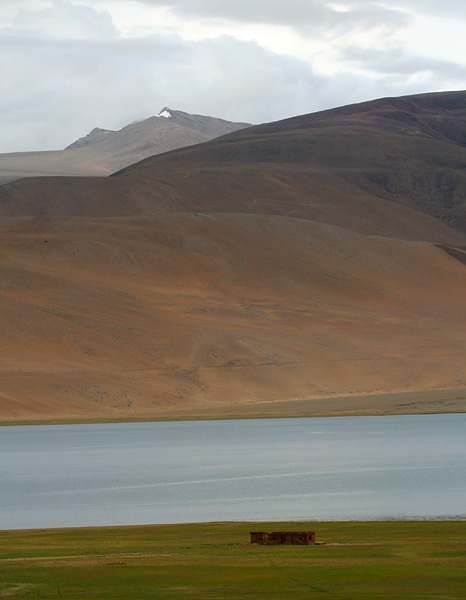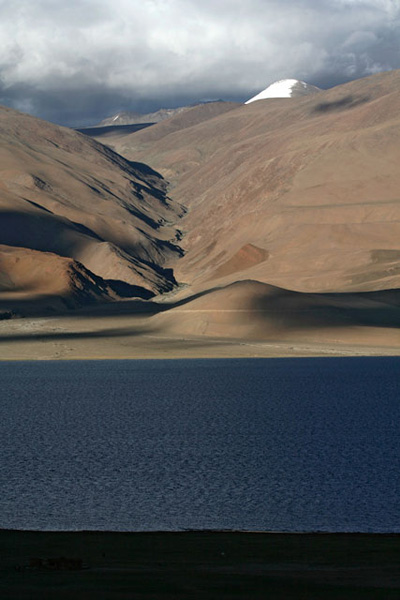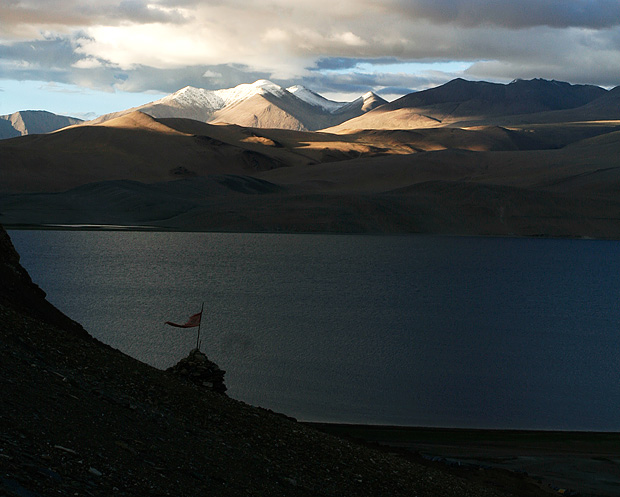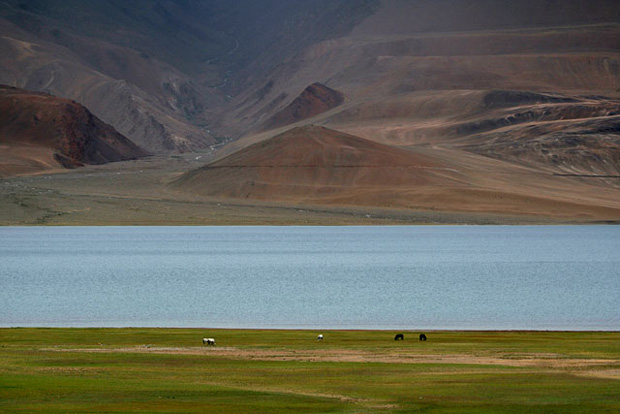Ladakh – Leh Cloudburst Distaster – Latest News, what happened and other details from the web
It is nearly a week since the devastating cloudburst hit Leh town and other parts of Ladakh. I have compiled a few things about the cloudburst incident in Ladakh, which includes a news widget (above). This section also tries to compile information from the web on what exactly happened in Ladakh and why it was such a great disaster, besides providing some important links on latest information, helplines and what you can do for Ladkh.
A background to the disaster
Listed here are some links and an understanding of why the damage in Leh was so high.
What is a cloudburst?
Wikipedia says “A cloudburst is an extreme form of rainfall, sometimes mixed with hail and thunder, which normally lasts no longer than a few minutes but is capable of creating flood conditions… Meteorologists say the rain from a cloudburst is usually of the shower type with a fall rate equal to or greater than 100mm (3.94 inches) per hour… During a cloudburst, more than 2cm of rain may fall in a few minutes.” (See full entry on cloudburst).
To give you a perspective of the amount of rainfall, average annual rainfall in Delhi is a little more than 600mm. Annual rainfall in Bangalore is about 800 to 900mm. Average annual rainfall in the country is put at 300-650mm (souce:wiki) So a cloudburst could account for more than 10% of a year’s average rainfall in Indian plains in just a few minutes. And this in a place like Ladakh, where annual rainfall can be less than 50mm (See IMD data for last five years), is a disaster.
How much was the rainfall in Leh?
It looks like we will never get to know. Cloudburst in a localized phenomenon and it appears that there were no measuring sites anywhere in the area where the incident happened. Even if it did, perhaps the site would not have survived the cloudburst. IMD doesn’t have any clear data on the amount of rainfall on the day of the cloudburst (see IMD press release). Indian Airforce Data (perhaps taken from the defence airport) indicates 12.8mm rainfall. But do keep in mind that the aiport was on a side of Leh opposite to Choglamsar where maximum damages took place. Here is an account of WSJ’s attempts to get rainfall data for the day of the cloudburst.
Why were the damages so high?
A cloudburst anywhere can mean a disaster, since the amount of precipitation is too high in very short time. Incidences of cloudbursts have been recorded more frequently in greener Himalayan states like Himachal Pradesh, Uttarakhand and Sikkim (See list of incidences). Even in these places, villages have been wiped out from the force of the floods and more than a hundred people have died at times. Yet, the cloudburst in Leh may have caused a destruction of much higher order. The reason lies in the type of landscape and the soil in the mountains of Ladakh.
Unlike Himachal or Sikkim, Ladakh’s landscape is devoid of any vegetation. Its slopes are bare and not even grass grows in most places. It is a high altitude desert where it rains very rarely. The monsoon clouds coming from south-west are blocked by Pir-Panjal Ranges in Himachal and Kashmir, preventing them from reaching the highlands of Ladakh. Whenever it does rain considerably in Ladakh, it causes more problems than does anything good. Every major precipitation brings down huge amounts of loose soil from the slopes and deposits at the base of the valley (where villages and roads are typically located). In the absence of a vegetation that can slow down the flow, the damages can be heavy. Rains lead to landslides and road blocks. The steep slopes help increase the ferocity of water, which can wash away bridges, houses, roads and anything that comes on its way.
Over many centuries, Ladakhis have adopted to a way of living that suits the dry climate. People rely on perennial mountain streams originating from snowy peaks for their drinking water needs. When it rains, these water sources turn muddy, resulting in shortage of potable water. Traditional Ladakhi houses are built from mud, taking advantage of the fact that it doesn’t rain there. An unlikely strong rain can bring these houses down very quickly.
Plenty of loose soil must have washed away from the mountain slopes when the cloud burst happened. This is the mud that got deposited in Choglamsar Village and other places around Leh. The fury of the rushing water and the mud would have simply washed away many structures on the way.
A personal experience on the rains in Ladakh
I happened to witness the aftermath of heavy rains in Ladakh when I was there in 2008. I was on my way from Leh to Lamayuru in a local bus. It had rained heavily the previous night. Our bus stopped before Uley Topko Village at about 8am when we encountered a landslide. A bursting stream had dumped a lot of mud on the road. The mud and stone mixture was about a feet high. The dump looked sturdy, and it appeared that one can walk over it without difficulty. But it turned out to be soft and our legs would sink in the moment we stepped over it. We walked across the slide from an easier crossing on the slope while the bus waited for BRO’s recovery vehicles to arrive. But there was bad news a little ahead. A bridge across the road was washed away by strong currents. It was so bad that there were no remains of the bridge to be seen anywhere nearby. Thankfully there were no damages to lives or any other property nearby.
Stranded for the morning and not knowing what to do next, we decided to walk in to a nearby restaurant (we were lucky this happened near a village with some tourist facilities) for breakfast. But they did not have much to offer besides bread-toast—not even tea—as their only source of potable water had now turned muddy. The Rizong Monastery upstream had to go without potable water for many days after the rains.
Resource, Helplines and Information
- Leh’s Government website publishes a list of deceased people online. The page also has updated numbers on the people who are dead and missing.
- 24 helpline numbers setup by local government: 09906990787 and 09906990835 (source).
How you can help
- Press release from LAHDC (Leh Autonomous Hill District Council), the local government body, on how to make contributions towards relief work.
- You can donate to Ladakh Ecological Development Group
News reports on cloudburst and the damages
Links to news stories from various sources from past one week.
- A personal account on the night of cloudburst. The water continued to rise as we tourists tried to quickly pack our most important belongings in the rain and darkness. The neighbors kept shouting for us get out of the house. I couldn’t understand why at the time. My instinct in a flash flood was to climb upstairs as high as possible. I only understood the next day, that the houses in Ladakh are often not built to withstand a cloudburst like this and that the neighbors were afraid the roof or the house itself might collapse. The water rose to about 4 feet at its deepest in the street, and about 2 1/2 feet in the guesthouse before the heavy rain stopped and the water began to recede. Locals said that they had never seen rain like this in 75years… (full story)
- His Holiness Dali lama on the incident (Aug 13). “All what happened in Leh is very very sad. These are all natural disasters. What we can do is pray for the victims and also offer condolences to the surviving family members and give donations for their rehabilitation,” the Tibetan leader said in Amritsar on his return from New Delhi. (full story)
- Army sets up relief camps (Aug 12). Indian Army and paramilitary personnel have erected relief camps and are providing food and medical aid to locals, as they begin to rebuild their lives in the flood ravaged region of Leh, Ladakh… (full story)
- Praises for Indian Army operations (Aug 12). “The army has been extremely nice. I am being looked after properly here. Had it not being for them, I would have been one among the many killed,” he said adding “I am thankful to the army. The men were god sent,” the youth said” (full story)
- Army helicopters rescue more than 150 tourists (Aug 9). Indian military helicopters Monday plucked about 150 foreign tourists to safety in the Himalayan region of Ladakh where flash floods have killed 156 people… “We have airlifted all 150 foreign tourists from Zanskar valley near Leh, where they were stranded for three days,” Priya Joshi, air force spokeswoman, said… (full story)
- Initial stories published on the day after the incident. Economic Times, AP, NDTV
News Videos
The second clip is in Hindi.
Affected Areas
Based on the news that came in during the first two days after the cloudburst, the most affected area near Leh is Choglamsar, where most of the village is said to have wiped away. Choglamsar, located just outside Leh on the Leh-Manali Highway, also happens to be a Buddhist Center where Dalai Lama’s residence (when he comes to Ladakh) is located. The old and new bus stands, both located down the valley towards Indus from Leh are said to have been destroyed. Changspa area, where most tourist facilities are located, is said to be not affected.
The destruction was not limited to Leh alone. 33 soldiers of the Indian Army went missing in Turtuk, an area newly opened for tourism in Nubra Valley. A Bridge was washed away downstream Indus from Leh, perhaps about an hour’s drive from Leh town. Manali-Leh highway was affected in several locations. Perhaps many more places were affected all across Ladakh.
The remoteness and rugged landscape made communications and rescue operations harder. On the day after the cloudburst, all that newschannels could do was to reproduce a small footage from Doordarsahn. BSNL lines were broken, making communications difficult. It is said that parts of Choglamsar are buried under a pile of mud 20 feet high. Even a week after the incident, leh.nic.in reports that there are many people still missing.
—
If you think any more important and useful information can be added here, please leave a comment and let me know.
